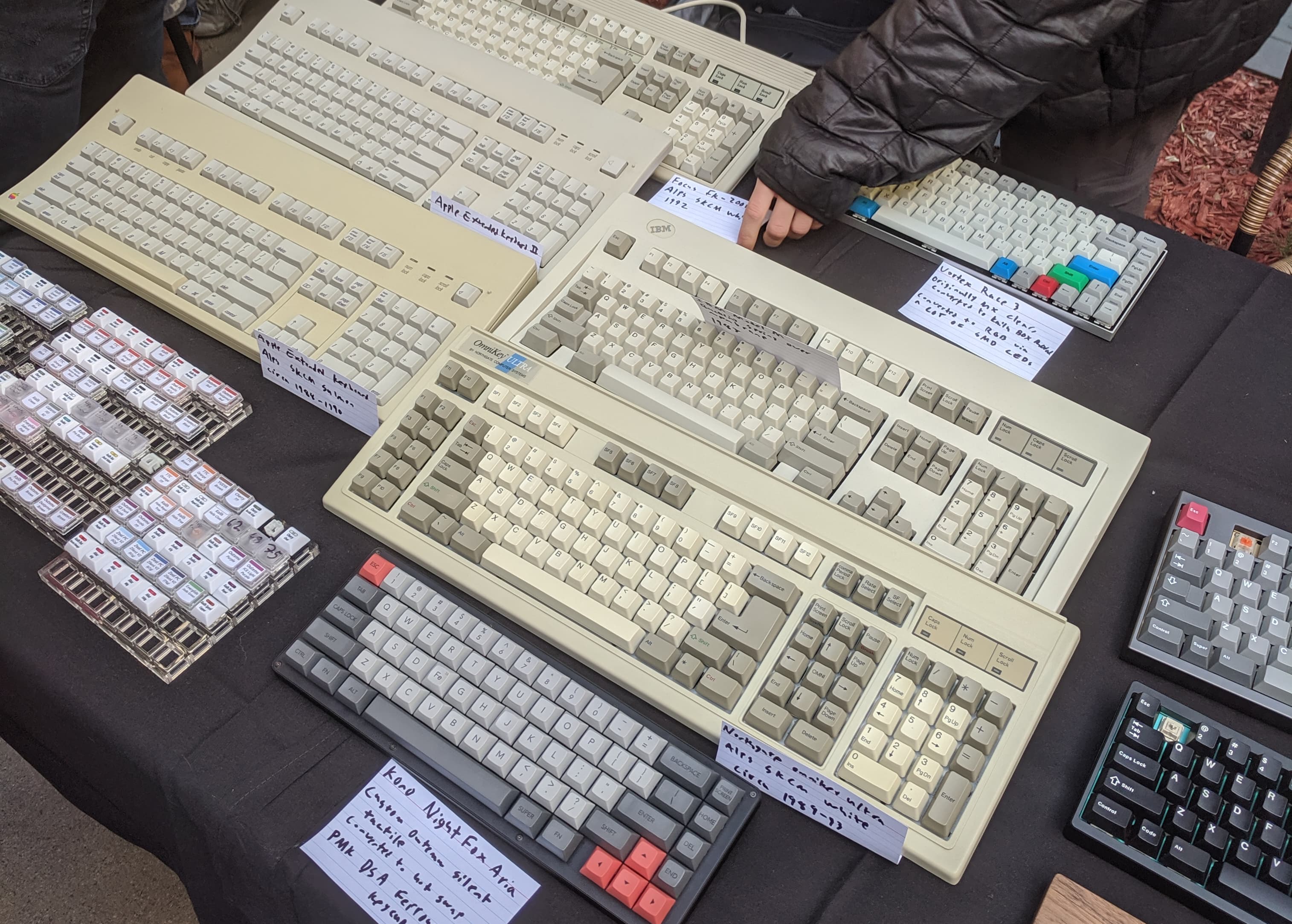

I’m sure there are fans of these keyboards I wonder if they know what they’re missing.Ĭertainly, some segments of the market are better served than others. Its most recent variants on the Natural Keyboard, the Surface Ergonomic Keyboard and the Sculpt keyboard, combine the chiclet style with the famed bulge of its earlier split keyboards. Good for product shots! Not so great for people typing more than 3,000 words a day.Įven Microsoft, which had generally created some pretty good mainstream desktop keyboards over the years, eventually fell into the minimalism trap. The most egregious example of this I can think of is the fact that Apple at one point sold perhaps the best keyboard ever made with rubber dome switches, the highly curved A1048 keyboard, and replaced it with an utterly flat chiclet design that seems designed with almost no consideration for ergonomics. Unfortunately, the virus of minimalism, which did a lot of good in other parts of the tech field, ultimately put its daggers into the desktop keyboard, leading to designs that were the very definition of form over function. If there was a time when mainstream companies truly cared about computer keyboards, it was probably in 1994, when Microsoft decided to start selling the Natural Keyboard, an ergonomic keyboard, as one of its first pieces of hardware-and then priced it at less than $100.Īpple’s A1048 keyboard, the last non-scissor-switch keyboard the company ever made, was a joy to type on. Why give them a five-star experience when the average user is perfectly fine with two stars? It’s as if the goal is less how it functions and more how it looks, an admission of sorts that the people who care about things such as really good keyboards just aren’t that prominent a user base anymore. When using a laptop, sacrifices often need to be made using a desktop setup requires none of those sacrifices, yet we’re making them anyway. Some have blamed the overly flat, thin aesthetic of scissor-switch desktop keyboards for giving them repetitive stress injuries, but the biggest knock on these keys is their feel-with less space, there’s less clickiness, and keys “bottom out” with much less force. But while taking up less room on your desk, lower-profile keyboards sacrificed a lot to get there-including heft, key actuation, and ergonomics.
Microsoft ergonomic keyboard mechanical Pc#
The fact that it seems to have driven some mainstream computer makers away from providing cushier keyboard experiences when vertical space isn’t at a luxury is unfortunate.Įarly PC keyboards were both heavy and extremely definitive in keyfeel-the IBM Model M, with its buckling springs, was a beast compared to the simplistic and minimal Apple Magic Keyboard, for example. Unfortunately, that switch ended up getting used on a bunch of keyboards that weren’t attached to laptops. The scissor switch is a perfectly fine option for laptops where space is a luxury.

“But that changed at about that time, and Sony was in the vanguard.” “Before then, chiclet keyboards were evil, rubbery things,” notes Boing Boing’s Rob Beschizza. If you’ve typed on a laptop keyboard in the past 15 years, you’ve likely used a descendant of this design, which effectively was a 2004 take on the 2011 MacBook Air. It kept the key relatively firm while still ensuring flatness. The X505, in its efforts to take thinness to the extreme for the time, came up with a new approach to keyboards that was quickly emulated throughout the industry: It used scissor-switch based keys to press down on rubber domes, and put flat, chiclet-style keycaps on top of those switches. In 2004, Sony released a Vaio-branded laptop that most people have probably forgotten about but nonetheless casts a large shadow over modern computing. Why did big companies fall out of love with great desktop keyboards?


 0 kommentar(er)
0 kommentar(er)
